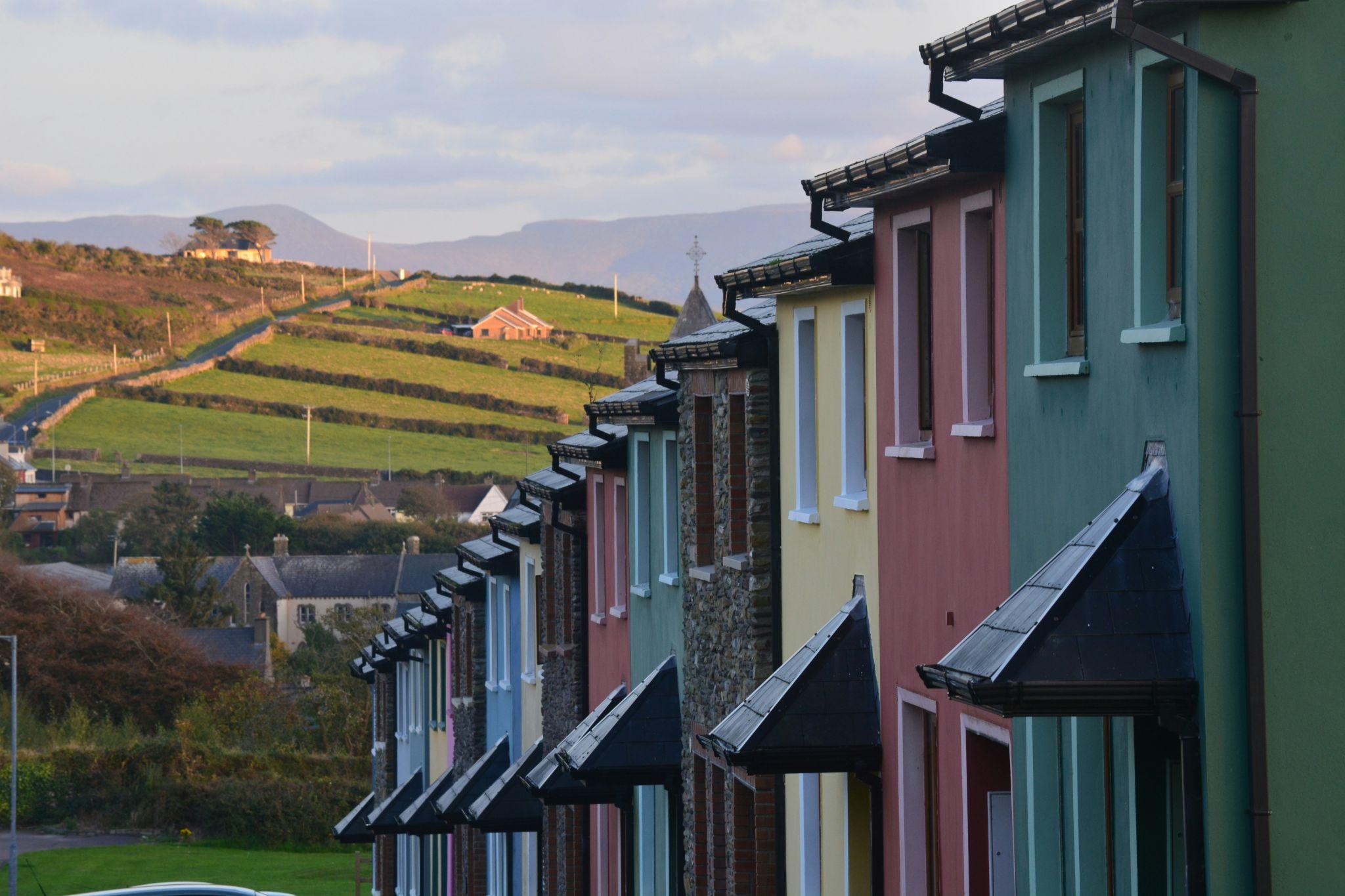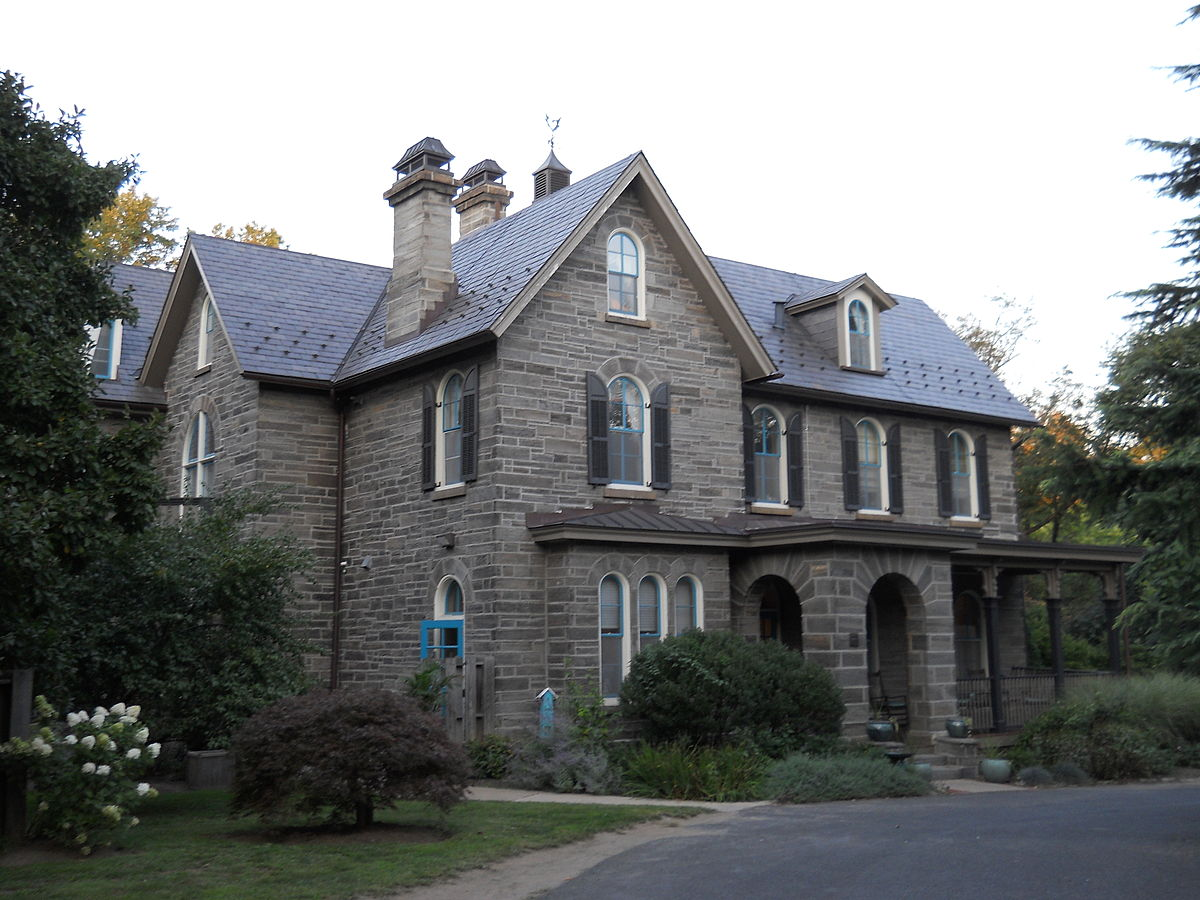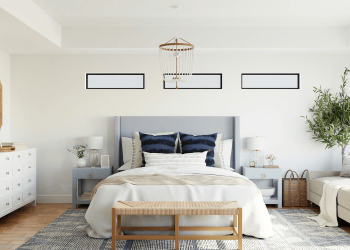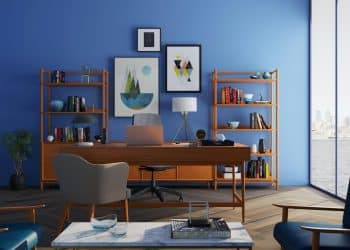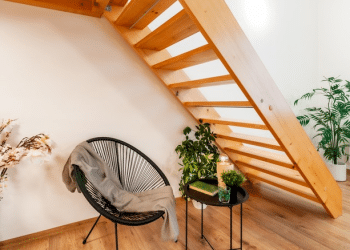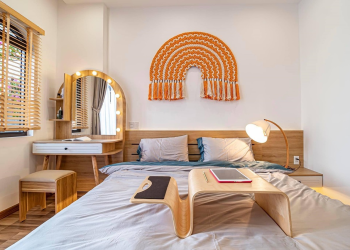Table of Contents
Once a design gimmick confined to splashy reds and awkward wallpaper panels, the accent wall has experienced a renaissance. In Cardiff, where Georgian townhouses stand shoulder to shoulder with modern eco-homes, interior designers and decorators are turning this formerly overused feature into a powerful storytelling element. The best part? Local talent is leading the charge. Today’s homeowners are trusting painters and decorators such as Primrose Decor to transform walls into design statements that capture mood, personality, and even heritage.
The resurgence of the accent wall isn’t just about colour—it’s about placement, texture, proportion, and emotional resonance. From moody emeralds to tactile limewashes, Cardiff decorators are proving that an accent wall can elevate a room far beyond the confines of fashion. Here’s how these local experts are reimagining Welsh homes—one wall at a time.
From Afterthought to Anchor: Rethinking the Purpose of the Accent Wall
Traditionally, the accent wall was a safe way for homeowners to inject colour without fully committing to bold design. But in Cardiff’s fast-evolving interiors scene, decorators are rejecting the notion of the accent wall as an afterthought. Today, it’s a deliberate design anchor.
Whether it’s a fireplace wall in a Victorian terrace or the backdrop to a bed in a modern flat in Cardiff Bay, decorators are strategically selecting surfaces that define the visual rhythm of a room. These choices are increasingly informed by the room’s architectural quirks, natural light, and flow—not just a whim to add colour.
Decorators are also challenging the idea that a single accent wall is enough. In open-plan spaces popular in Pontprennau and Llandaff, for instance, it’s not unusual to see a series of subtle accent panels creating spatial zones. The effect is architectural, almost sculptural, using paint and texture to articulate living, dining, and work areas without constructing physical barriers.
The Rise of Unexpected Materials and Finishes
In 2025, the trend isn’t simply about what colour you choose—it’s about how that colour is delivered. Cardiff decorators are moving away from flat paint toward tactile finishes that reflect light, age gracefully, and engage the senses.
Limewash, once the preserve of old chapels and farmhouses, is back with a vengeance. Its cloudy, layered effect adds depth and a lived-in character to accent walls, perfect for historic homes in areas such as Roath and Cathays. Similarly, decorators are turning to Venetian plaster, clay-based paints, and mineral washes to achieve textures that go beyond aesthetics—they evoke place, memory, and tactility.
And it’s not just about organic finishes. In Cardiff’s city centre apartments, decorators are experimenting with metallic sheens, colour-shifting paints, and even smart coatings that respond to lighting changes throughout the day. This interplay between texture and technology is giving Cardiff homes a cutting-edge sophistication rooted in local craftsmanship.
Bold Colours, Braver Clients
After years of greys and greiges dominating interior palettes, Cardiff is experiencing a colour awakening. Homeowners—once tentative and risk-averse—are now embracing bold hues with confidence, largely thanks to the guidance of experienced decorators who understand colour psychology and spatial balance.
Deep forest greens, burnt terracottas, inky navies, and saturated ochres are turning up in homes from Canton to Penylan. These rich tones offer warmth and elegance without overwhelming the senses. Paired with creamy whites or chalky neutrals, they create contrast that feels both grounded and aspirational.
Part of this shift is generational. Younger homeowners, particularly first-time buyers in Grangetown and Riverside, are seeking uniqueness in their interiors. For them, a bold accent wall is a badge of identity. For others, it’s about aligning their space with their emotional goals—calm, energy, joy—through colour science. Many decorators reference findings from the University of Cardiff’s School of Psychology, which explores how hues impact mood and productivity.
Heritage-Inspired Walls: Celebrating Welsh Culture in Colour
Cardiff decorators are also tapping into local heritage to inspire design narratives. Accent walls are being used to showcase Welsh identity through colour palettes drawn from landscape, language, and craft.
Think slate greys inspired by Snowdonia, muted reds reminiscent of traditional Welsh blankets, or coastal blues drawn from Pembrokeshire skies. Some decorators are going even further, incorporating Celtic patterns through stencilling or using reclaimed Welsh timber to clad feature walls with local provenance.
There’s a growing appreciation for design that feels authentic to place—not borrowed from global Pinterest boards. In this way, the accent wall becomes a microcosm of cultural pride, translating Wales’s storied past into modern-day interiors.
Accent Walls as Art Installations
In high-design circles, the accent wall is no longer just a block of bold colour—it’s an art installation. Cardiff decorators are working alongside local muralists, graphic designers, and artisans to create hand-painted wall art that tells a story, anchors a space, and supports local talent.
In homes around Cathedral Road and Heath, for example, it’s not uncommon to find murals depicting Welsh flora and fauna, abstract landscape-inspired compositions, or geometric patterning that riffs off Victorian tilework. These walls aren’t just decorative—they’re deeply personal and entirely bespoke.
One standout trend involves the use of trompe l’oeil techniques to give the illusion of architectural depth. Columns, arches, alcoves, and window effects are being painted onto flat walls to add drama and dimension—a style that’s particularly effective in Cardiff’s older homes with generous ceiling heights.
How Cardiff’s Light Shapes Wall Design
Cardiff’s variable weather and soft, diffused daylight pose unique challenges—and opportunities—for decorators. Unlike sunnier cities where bright whites and pastels reign supreme, Cardiff homes require more nuanced colour planning to avoid a cold or flat appearance.
Decorators here are trained to read light in a room before making colour recommendations. North-facing spaces might benefit from warm rusts or buttery creams to offset the grey. South-facing rooms, on the other hand, can accommodate cooler tones or darker shades that won’t be washed out by sunlight.
Accent walls are often used to correct imbalances in natural lighting. A deep shade on the back wall of a hallway, for instance, can draw the eye inward and make the space feel welcoming. Likewise, strategic placement of reflective finishes can bounce light around a dim bedroom or lounge. These are subtle decisions that professional decorators execute intuitively, ensuring that Cardiff homes feel alive and in harmony with their environment.
Conclusion
In 2025, Cardiff’s homes are telling new stories—stories of identity, heritage, ambition, and beauty. At the centre of this transformation stands a humble but mighty tool: the accent wall. No longer an outdated trend or quick fix, it has evolved into a medium of self-expression, cultural homage, and design mastery.
With professional decorators leading the way, Cardiff is showing the rest of the UK that bold doesn’t mean brash, and classic doesn’t mean boring. Whether through texture, colour, or artistry, the city’s accent walls are elevating interiors while connecting homeowners to something deeper than decor.
As more residents rediscover the power of paint—and the skill of those who apply it—expect to see even more inventive, meaningful, and beautifully crafted accent walls across the Welsh capital. After all, in Cardiff, the walls really do talk. And with each brushstroke, decorators are preserving not just homes, but the evolving identity of the city itself. For those ready to leave beige behind, the future is looking distinctly colourful.

